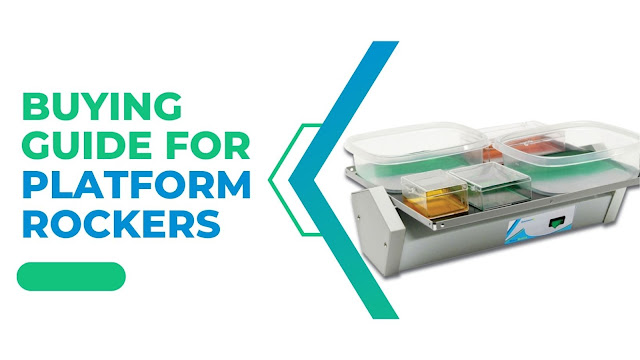Buying The Best Rocker & Roller for Your Lab!

A laboratory's setup or the addition of new equipment can be challenging. The budget numbers can start to add up because there are so many models available at so many different price points. While many different kinds of tools and supplies are required to completely equip a lab, mixing tools like rockers and rollers are among the most crucial ones. This is a buying guide for the ideal rockers and rollers. Are you looking for the best platform rockers , look no further than Jade Scientific, Inc. Budget Matters What kind of laboratory are you furnishing, how big is it, and what is your budget? Is this setting for business or industry, or research? Are you operating a large laboratory with a sizable budget, or are you putting up a start-up lab with a smaller budget? Your final decision on the sort of mixing equipment is influenced by each of these questions. With so many alternatives and technological advancements, you might want to buy the most advanced equipment if your budge...





